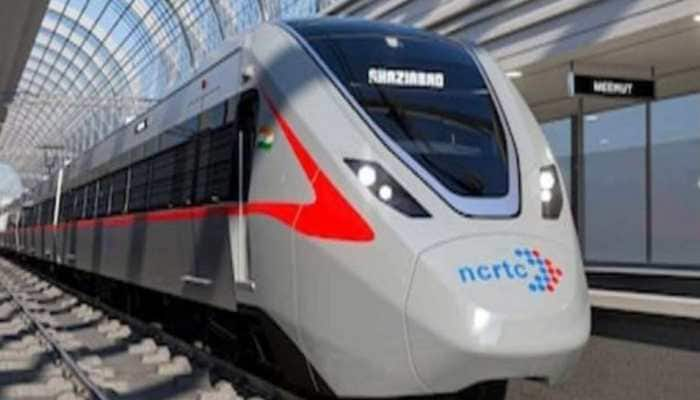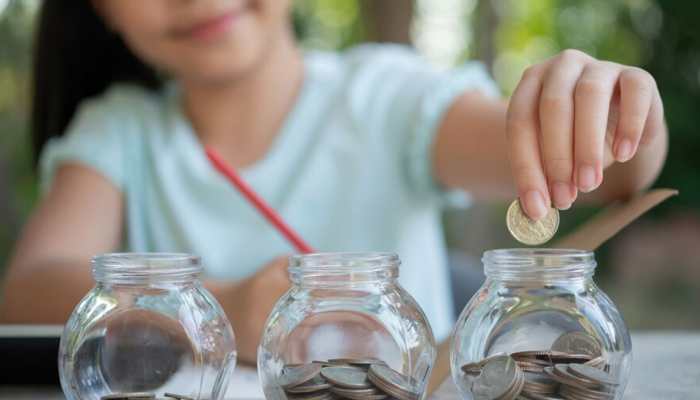How government may boost digital payments in Budget 2017-18
Trending Photos
)
First came the announcement of Digital India in 2015. The idea of connecting India from north to south, and east to west through the internet highway was drummed with high decibel publicity. The jargon like digital infrastructure, digital governance and services on demand, and digital empowerment of citizens seemed far-fetched just then, but the jigsaw pieces seem to be fitting well now.
What came as a shocker in the garb of demonetisation on the night of November 8 was probably the next piece in the digital jigsaws map that team Modi may have already chalked out.
Post demonetisation, a couple of carrots dangled by the government to encourage use of cashless payments is a significant leap towards digital, but the need of the hour and the days to come is spurt of continuous triggers in order to make cashless payments a way of live, The budget 2017-18 can generously fill in one more vacant spaces in the digital jigsaw map.
What the budget can offer is extend the nuggets of sops on epayments through UPI, add a dash of income tax rebates on epayments, even greases the wheels of cashless payments by facilitating retailer-rebates on grocery bills, LPG payments, bus or metro card recharges, and so on.
If the government is seeking to discourage the hegemony of cash-based transactions, it should make use of the opportunity presented by Budget 2017 to encourage and incentivise all its services arms and pass on the benefit to common users.
By promoting collection of property tax and utility tax online, digital payment of salary, slashing transaction tax on card payments are a few simple steps Finance Ministry can reap benefits through the forthcoming Budget.
The government will also need a specific roadmap to promote digital payment in rural India. “When i say 'Digital India' it is not meant for the rich but for those who are poor”, says PM Narendra Modi. National Digital Literacy Mission is expected to receive a major push on February 1. After all, nearly 70 percent of the country’s population lives in rural areas.
Digital and cashless have perhaps become most overused words in the the Indian news media since the announcement of demonetisation in November.
A couple of tax sops for the makers of hardware used in digital technology infrastructure that powers such transactions cam go a long way in making the use of the technology more favourable among the end users.
The final word, which has to be spoken out, is the need of a law that regulates digital payments in India.
When BHIM App was launched by Prime Minister Narendra Modi, it saw more than 10 million downloads in just 10 days. The huge response does indicate the leaning of urban common citizens towards cashless payments.
However, an ambitious country who wants to turn cashless and keep an eye on the money trail to ensure that each rupee is accounted for, has to seriously mull over generating greater awareness and regulation of privacy, data protection and digital security.
The existing payment apps and e-wallet firms are governed by the RBI guidelines and outdated information technology law of 2008.
The Budget 2017-18 can be earn accolades for being the first mover in setting off the process of regularisation of digital payment mechanism in India.
Stay informed on all the latest news, real-time breaking news updates, and follow all the important headlines in india news and world News on Zee News.
Live Tv







)
)
)
)
)
)
)
)
)
)
